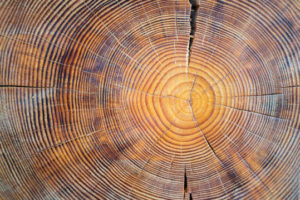by University of Colorado at Boulder, Nov 11, 2020 in ScienceDaily
Massive explosions of energy happening thousands of light-years from Earth may have left traces in our planet’s biology and geology, according to new research by University of Colorado Boulder geoscientist Robert Brakenridge.
The study, published this month in the International Journal of Astrobiology, probes the impacts of supernovas, some of the most violent events in the known universe. In the span of just a few months, a single one of these eruptions can release as much energy as the sun will during its entire lifetime. They’re also bright — really bright.
“We see supernovas in other galaxies all the time,” said Brakenridge, a senior research associate at the Institute of Arctic and Alpine Research (INSTAAR) at CU Boulder. “Through a telescope, a galaxy is a little misty spot. Then, all of a sudden, a star appears and may be as bright as the rest of the galaxy.”
A very nearby supernova could be capable of wiping human civilization off the face of the Earth. But even from farther away, these explosions may still take a toll, Brakenridge said, bathing our planet in dangerous radiation and damaging its protective ozone layer.
To study those possible impacts, Brakenridge searched through the planet’s tree ring records for the fingerprints of these distant, cosmic explosions. His findings suggest that relatively close supernovas could theoretically have triggered at least four disruptions to Earth’s climate over the last 40,000 years.
The results are far from conclusive, but they offer tantalizing hints that, when it comes to the stability of life on Earth, what happens in space doesn’t always stay in space.
“These are extreme events, and their potential effects seem to match tree ring records,” Brakenridge said.
…
.
